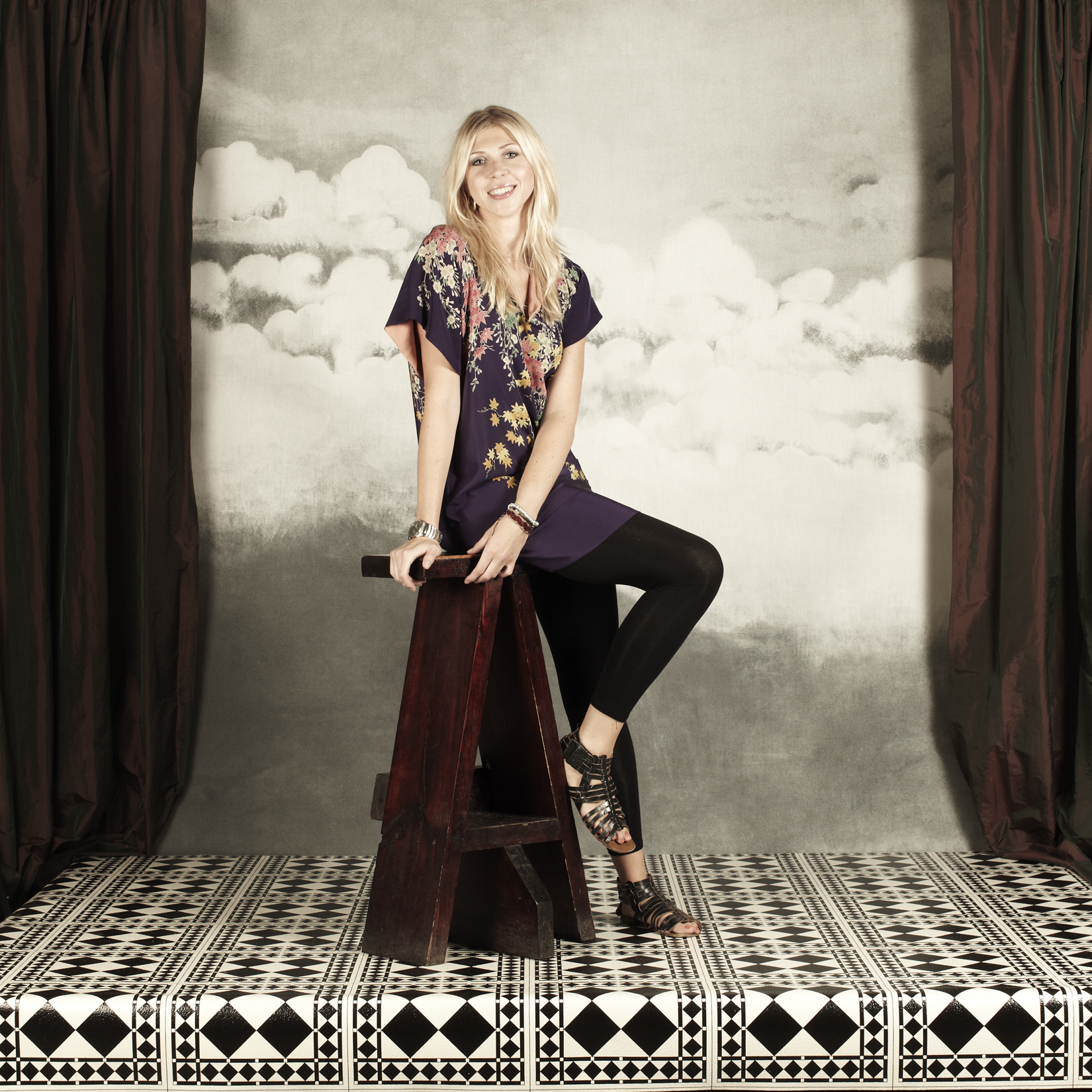Ever Young Studio London
Ahead of a new show pairing Francesca Woodman and Julia Margaret Cameron, we get to know the National Portrait Gallery’s senior curator of photographs
Following a three-year remodel and a renewed presentation of its collection, the National Portrait Gallery (NPG) opened its doors to the public once again in June 2023. Heading up its photography team is Sabina Jaskot-Gill, who was appointed senior curator at the same time. Prior to joining the gallery in 2016, Jaskot-Gill spent time working for photographer Karen Knorr, completed a PhD exploring Polish postwar photography and lectured in photographic history and theory at Sotheby’s Institute of Art in London. Here, she discusses her career, her hopes for the NPG’s photography collection, and the Taylor Wessing Photo Portrait Prize.
Francesca Woodman piqued my interest in photography as a medium, so it will be a nice full-circle moment with the NPG exhibiting her work this spring. I discovered her work while studying art history and English literature at the University of Edinburgh and, off the back of my degree, tried to learn more about the history of photography. I took a master’s degree in photography at Sotheby’s Institute, which was led by the brilliant Juliet Hacking. She became one in a line of impressive women that I studied or worked with who have mentored and inspired me throughout my career.
When I was growing up in Bradford – quite a long way from the National Portrait Gallery – I often visited a place called Salts Mill to look at the work of David Hockney. It was such a transformative thing as a child, to go to a gallery and experience art. And obviously that set me on the path to where I am today. So it’s really important for me in my role at the NPG to be working with the gallery’s Learning team to develop our activities around photography for young people. It’s about bringing the next generation into the gallery and finding something that inspires them.
Across the three years that the NPG has been closed, everyone kept saying, ‘What have you been up to? It’s been so quiet’. But it’s actually been incredibly busy. One thing we’ve been doing is working with local community groups, to try to identify sitters from their communities who deserve to be represented in a national collection. We’ve got over 250,000 photographic objects but we’re a living, working collection, and we’re continuing to acquire and commission new work. We want to make sure that we’re representing the people who are contributing to British culture today.
Our acquisition process is slightly different to other museums – we’re very much driven by the sitter rather than the artist. The first questions we ask are always ‘Who is the sitter? How have they contributed to British society and culture?’. The artist is almost secondary, which is not to say that they’re not important, but that we’re a social history museum as well as an art gallery. We can tell stories in ways that other museums can’t.
The representation of women within the gallery’s collection is something that we’ve been working on since I joined the NPG over seven years ago. I think all of that work has come to fruition – and will continue to do so. At the moment, in our post-1900 galleries, the representation of women on the walls is 48 per cent. And that is continuing – I’m currently working on a series of acquisitions from young, emerging women photographers that we hope to display in the near future.
In the earliest years that I worked on the Taylor Wessing Photo Portrait Prize there was more experimentation with techniques. We used to get a lot of cyanotypes, Polaroids or tintypes, whereas now there seems to be less experimentation with the type of media, but more experimentation in terms of composition. This year’s selection feels more introspective. I don’t know if that’s because of the pandemic and how our lives have changed as a result, but there does seem to be a focus on family and looking inwards into one’s own life.
There’s definitely more diversity in terms of the artists and sitters that are featured, and in terms of the styles of portraiture. We used to get a lot of editorial work, and we still do, but I’ve noticed a shift towards artists increasingly using the prize to showcase their personal projects. I think that shows how the prize is evolving and really embracing the voices in contemporary photography today.

